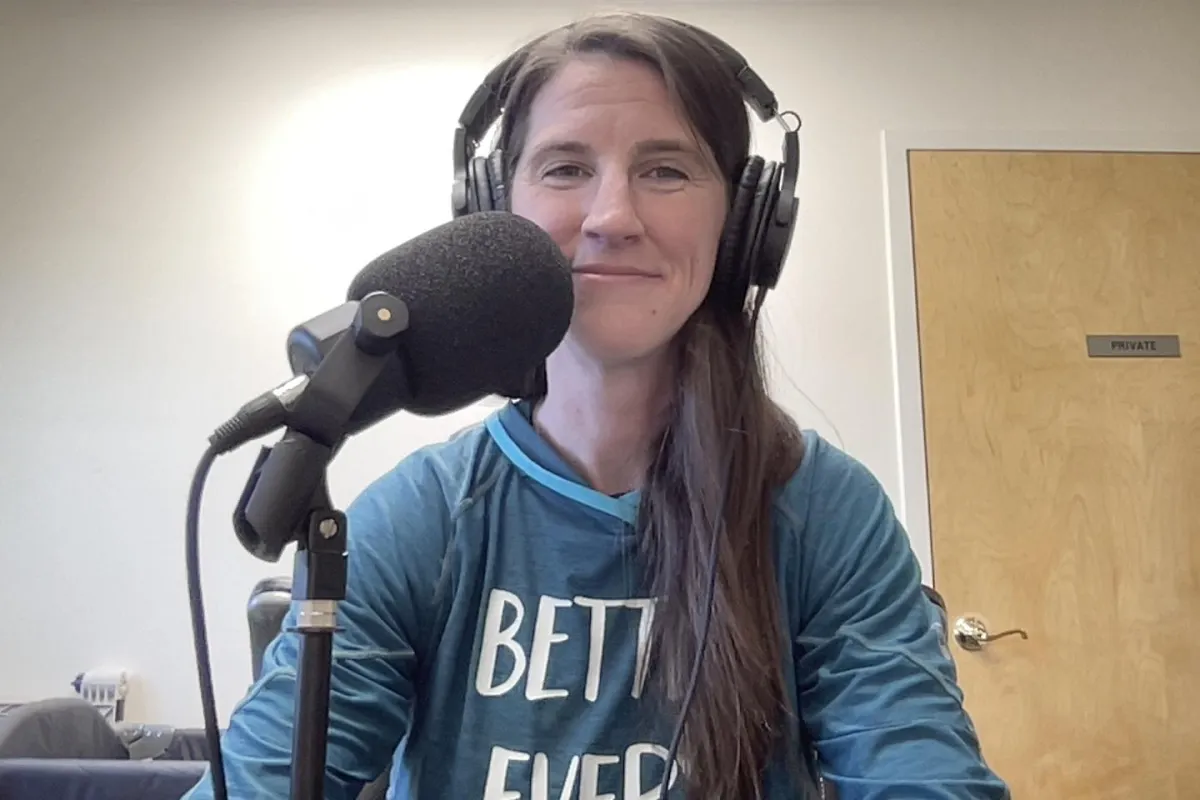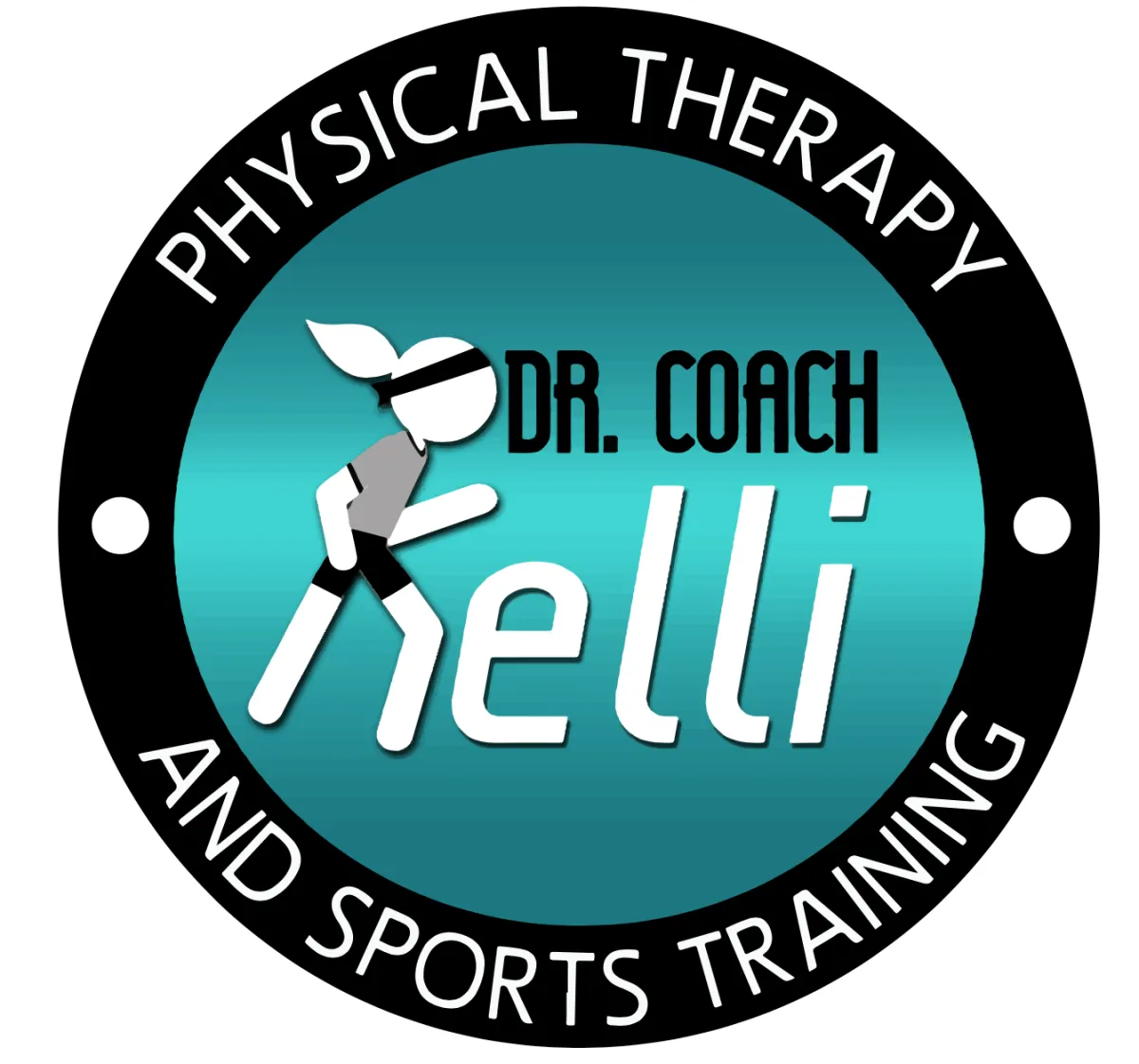185 Fairfield Ave. 1A West Caldwell, NJ 07006
call or text 973-791-8318
BLOG

Move Like You Brush: Lessons from the Dentist’s Chair
Move Like You Brush: Lessons from the Dentist’s Chair
Recently, I had an enlightening conversation with my dental hygienist that left me thinking about health, movement, and how we care for our bodies. For context, I’m fortunate to visit my family’s dental office (my dad and brother are dentists), where the hygienist and I always have great rapport. During my recent visit, we discussed everything from plaque buildup to the effects of diet and even how movement should be treated like dental hygiene.
The Food We Eat and Our Oral Health
As someone who now requires dental cleanings every four months due to plaque buildup, I’ve started reflecting on how diet impacts oral health. My hygienist confirmed what many of us know but rarely connect to our routines: the food we eat—especially sugars and carbs—affects the health of our teeth and gums.
She shared insights from her Dominican upbringing, where traditional diets included natural, unprocessed foods like rice, beans, fresh eggs, and milk from backyard cows. In contrast, our modern Western diet is filled with processed, chemical-laden foods that wreak havoc on our health—not just our teeth, but also our overall well-being.
This conversation got me thinking: 50 or 100 years ago, we might not have needed to visit the dentist as frequently. Today, our dietary habits and lifestyle make brushing, flossing, and routine cleanings essential.
But oral health is only one piece of the puzzle. The same “convenience” that impacts our teeth is affecting our movement and physical health.
Treat Movement Hygiene Like Dental Hygiene
In our society, it’s considered disgusting if you don’t brush your teeth daily. What if we treated movement the same way? Imagine a world where skipping your daily walk or mobility exercises felt just as unacceptable.
Movement, like dental hygiene, is a preventative measure. When you brush your teeth, you’re preventing cavities, gum disease, and bad breath. When you move—stretch, strengthen, and stay active—you’re preventing injuries, surgeries, and chronic pain.
One simple example: the ability to get on and off the floor is a critical skill for maintaining independence and reducing injury risk as we age. Yet, we often overlook it until it becomes a problem.
Reimagining Preventative Care
This is where physical therapy comes in. What if, just like dental checkups, everyone saw a physical therapist twice a year for movement assessments? Physical therapists are uniquely equipped to address not only musculoskeletal health but also cardiovascular and nervous system function.
Imagine:
A PT could assess your movement patterns, identify potential problem areas, and guide you to prevent issues before they require surgery or long-term care.
Instead of reacting to pain or injury, you’d stay proactive, improving your strength, mobility, and overall health.
This month, I’ve started offering “wellness assessments” at my clinic to bring this concept to life. These assessments examine strength, mobility, and lifestyle factors, creating a personalized plan for better movement and health. In just a week, five patients have already signed up to kickstart healthier habits and prevent future issues.
Be the Change You Want to See
The dental model of preventative care is powerful, and it’s time to apply the same logic to our bodies. Just as we brush and floss to avoid cavities, we need to move intentionally to avoid pain and dysfunction.
Let’s make movement hygiene the norm. It starts with simple habits, routine care, and a proactive mindset. Keep moving, keep improving, and remember—small actions today lead to a healthier tomorrow.
Keep Moving,
Dr. Kelli
185 Fairfield Ave. 1A West Caldwell, NJ 07006
Phone : 973 - 791 - 8318
Fax: 866 - 300 - 8169
Clinic Hours:
Monday : 8am-1pm
Tuesday : 8am-1pm & 3-5pm
Wednesday : Closed
Thursday : 8am-1pm
Friday : 8am-1pm
Saturday by Appointment Only
